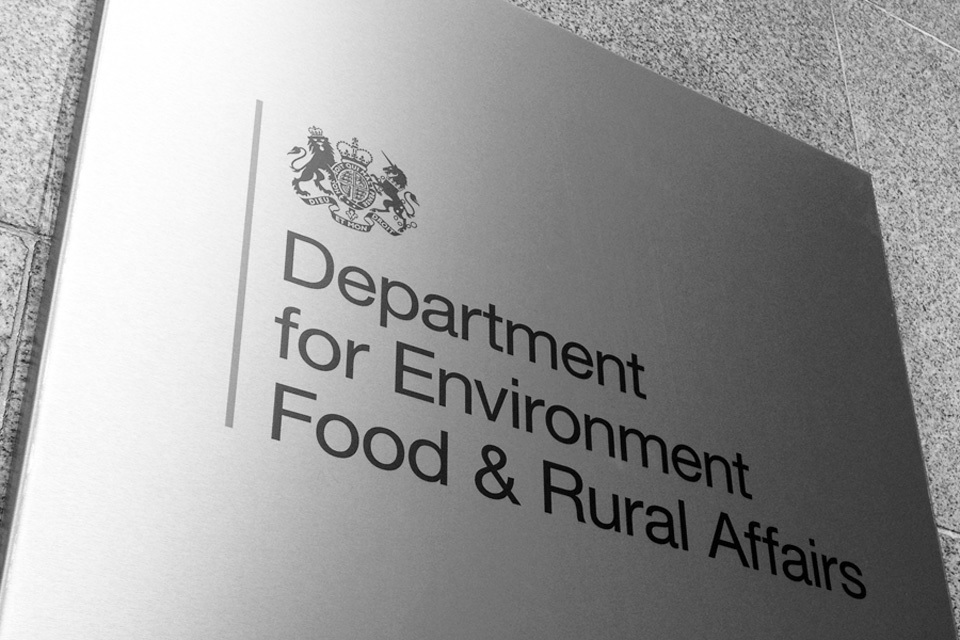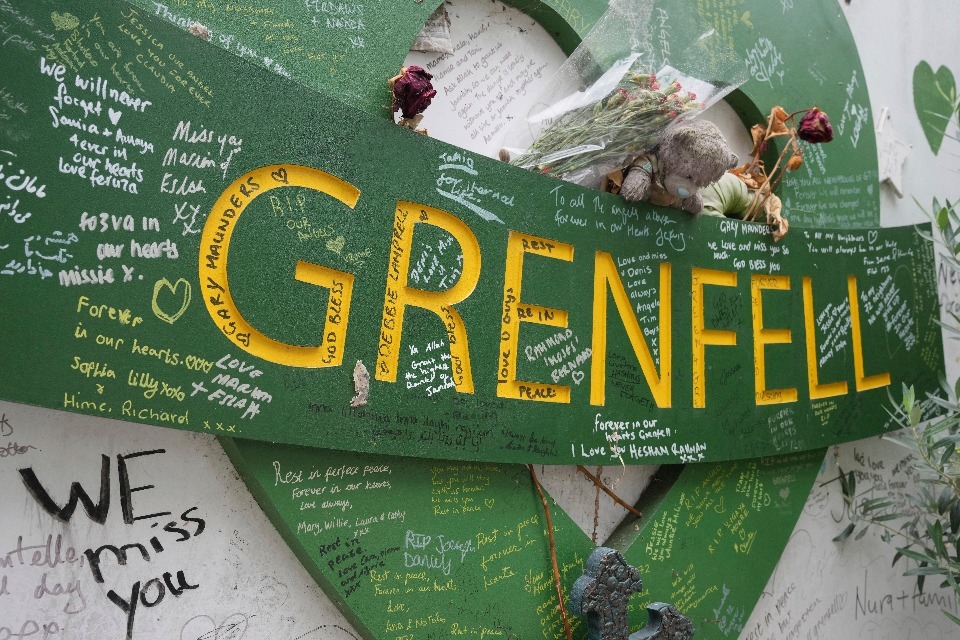Old houses exude character and charm, with their unique architectural details and nostalgic appeal. However, they often come with the challenge of being less energy-efficient compared to modern constructions. Drafty windows, inadequate insulation, and outdated heating systems can significantly contribute to energy waste and higher utility bills. Yet, improving energy efficiency in an old house doesn’t have to compromise its historic charm. With strategic upgrades and adjustments, you can enhance comfort while preserving the aesthetic integrity of your beloved abode.
One of the primary challenges in upgrading older homes is maintaining their original aesthetics while implementing energy-efficient solutions. Homeowners often worry that modern upgrades might clash with the historic character of their houses. However, with careful planning and attention to detail, it’s possible to strike a balance between energy efficiency and preserving the architectural charm.
Assessing Energy Loss: The Importance of an Energy Audit
Start with an energy audit to identify areas of improvement. A professional assessment can pinpoint sources of energy loss, such as drafty windows, insufficient insulation, or outdated HVAC systems. Armed with this information, you can prioritize upgrades that offer the most significant impact on energy efficiency while respecting the house’s character.
Insulation: Blending Efficiency with Aesthetic Appeal
One of the most effective ways to improve energy efficiency in an old house is by addressing insulation. While insulating a property might not sound glamorous, it’s a crucial step in reducing heat loss and energy consumption. However, traditional insulation materials like fiberglass or foam may not be suitable for maintaining the historic look of your home.
Consider alternative insulation options that blend seamlessly with the existing aesthetic. For example, blown-in cellulose insulation provides excellent thermal performance while offering a more natural look that complements the vintage appeal of older homes. Additionally, strategic placement of insulation, such as insulating attics and crawl spaces, can significantly improve energy efficiency without altering the visible elements of the house.
Preserving Historic Windows: Enhancing Efficiency without Sacrificing Style
Another area ripe for improvement in older homes is windows. Drafty, single-pane windows are notorious for energy loss, leading to chilly drafts in the winter and heat gain in the summer. However, replacing historic windows with modern alternatives can detract from the overall charm of the house.
Instead of full window replacements, consider options like storm windows or window inserts. These additions provide an extra layer of insulation without altering the original windows’ appearance. Additionally, weather-stripping and caulking can help seal gaps and cracks around windows and doors, further reducing energy loss while preserving the home’s character.
Modernizing HVAC Systems: Efficient Heating and Cooling with Minimal Disruption
When it comes to heating and cooling, older homes often rely on outdated systems that are inefficient and costly to operate. Upgrading to high-efficiency HVAC equipment can significantly reduce energy consumption while improving comfort levels. However, integrating modern HVAC systems into historic homes requires careful consideration to ensure they blend seamlessly with the existing architecture.
Go for HVAC units that are designed to be discreet and unobtrusive, minimizing their impact on the overall aesthetic. Ductless mini-split systems, for example, offer zoned heating and cooling without the need for extensive ductwork, making them ideal for retrofitting older homes. Additionally, radiant floor heating provides efficient warmth while preserving the historic charm of hardwood floors and tile.
Conclusion: Achieving Energy Efficiency While Honouring Heritage
In conclusion, improving energy efficiency in an old house requires a thoughtful approach that balances comfort with aesthetic appeal. By addressing insulation, windows, and HVAC systems strategically, you can enhance energy performance without compromising the historic character of your home. With the right upgrades and adjustments, you can enjoy a more comfortable and efficient living space while preserving the timeless charm of your beloved abode.





